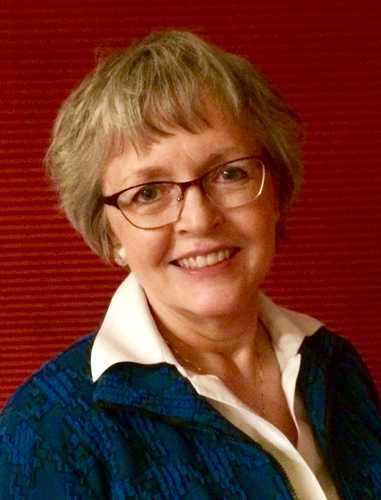Keywords: Cards
Item 149964
Four men sitting inside a tent playing cards, ca. 1900
Courtesy of John Howard, an individual partner Date: circa 1900 Media: Film negative
Item 4337
True's pinworm elixir advertisement, Auburn, ca. 1851
Contributed by: Maine Historical Society Date: circa 1851 Location: Auburn Media: Ink on paper
Item 52783
64 Free Street, Portland, 1924
Owner in 1924: Walter L Card Use: Dwelling - Two Family and Store
Item 61357
81 Lincoln Street, Portland, 1924
Owner in 1924: Ella I. Card Use: Dwelling - Two family
Exhibit
Valentines Day cards have long been a way to express feelings of romance or love for family or friends. These early Valentines Day cards suggest the ways in which the expression of those sentiments has changed over time.
Exhibit
The Taber farm wagon was an innovative design that was popular on New England farms. It made lifting potato barrels onto a wagon easier and made more efficient use of the horse's work. These images glimpse the life work of its inventor, Silas W. Taber of Houlton, and the place of his invention in the farming community
Site Page
Farmington: Franklin County's Shiretown - Hotel Willows, Farmington, ca. 1910
"The card advertises a garage for autos, a good livery, and also that a coach will meet all trains coming to Farmington."
Site Page
John Martin: Expert Observer - John Martin Sr. home, Ellsworth, 1823
"… details in the drawing, including Card's Cove, Cards Brook, Squaw Point, Cards Mill, Austin's Cove, the Union River, and his father's tailor shop."
Story
Maine in Vietnam - Not to be Forgotten
by Karen L. Olson, M.D.
How Veterans' Voices started.
Story
Aroostook Potato Harvest: Perspective of a Six Year Old
by Phyllis A. Blackstone
A child's memory of potato harvest in the 1950s
Lesson Plan
Grade Level: 3-5, 6-8, 9-12
Content Area: Social Studies, Visual & Performing Arts
"In the four quarters of the globe, who reads an American book?" Englishman Sydney Smith's 1820 sneer irked Americans, especially writers such as Irving, Cooper, Hawthorne, and Maine's John Neal, until Henry Wadsworth Longfellow's resounding popularity successfully rebuffed the question. The Bowdoin educated Portland native became the America's first superstar poet, paradoxically loved especially in Britain, even memorialized at Westminster Abbey. He achieved international celebrity with about forty books or translations to his credit between 1830 and 1884, and, like superstars today, his public craved pictures of him. His publishers consequently commissioned Longfellow's portrait more often than his family, and he sat for dozens of original paintings, drawings, and photos during his lifetime, as well as sculptures. Engravers and lithographers printed replicas of the originals as book frontispiece, as illustrations for magazine or newspaper articles, and as post cards or "cabinet" cards handed out to admirers, often autographed. After the poet's death, illustrators continued commercial production of his image for new editions of his writings and coloring books or games such as "Authors," and sculptors commemorated him with busts in Longfellow Schools or full-length figures in town squares. On the simple basis of quantity, the number of reproductions of the Maine native's image arguably marks him as the country's best-known nineteenth century writer. TEACHERS can use this presentation to discuss these themes in art, history, English, or humanities classes, or to lead into the following LESSON PLANS. The plans aim for any 9-12 high school studio art class, but they can also be used in any humanities course, such as literature or history. They can be adapted readily for grades 3-8 as well by modifying instructional language, evaluation rubrics, and targeted Maine Learning Results and by selecting materials for appropriate age level.
















